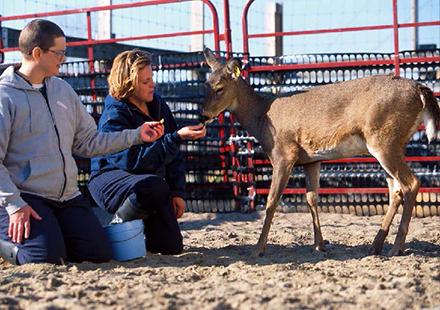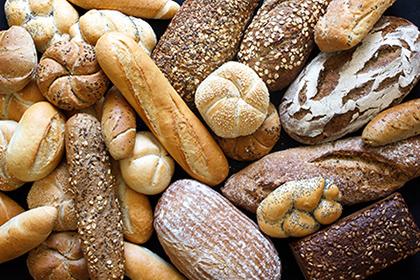Researchers are Close to Hooking Fatal Catfish Disease
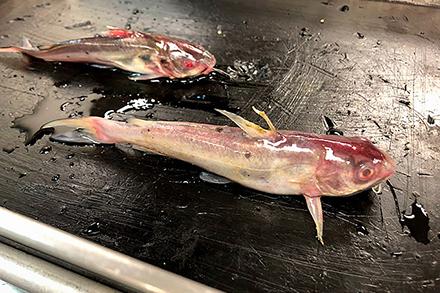
After grappling with a malady that decimates farm-raised catfish, ARS scientists at the Aquatic Animal Health Research lab in Auburn, AL, are close to landing answers and potential remedies to the elusive disease.
Aeromonas hydrophila has ravaged the catfish farming industry in Alabama and other states since its discovery in 2009. The bacterial disease causes hemorrhages on the fish’s body, loss of orientation, and rapid death. Last year, Alabama catfish farmers lost about $13.5 million in revenue – 9% higher than the previous year – due to fish mortality, costs of medicated feed and chemical treatments, and lost feeding days.
Scientists are taking a holistic approach to their research, systematically studying the impact of diet, oxygen depletion, chemical treatments, abrasions, parasite infections, and more to understand how the pathogen works.
Read this article to learn more



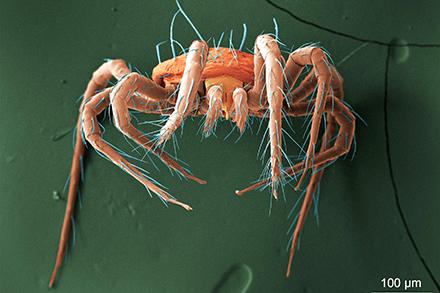

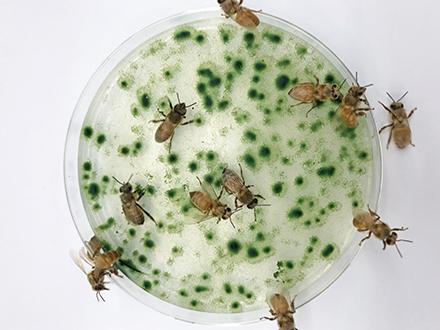
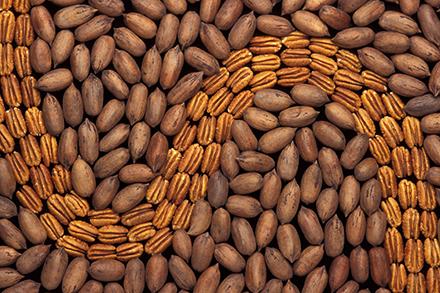


 About the Experiment
About the Experiment


 What You'll Need
What You'll Need Let's Do This!
Let's Do This!